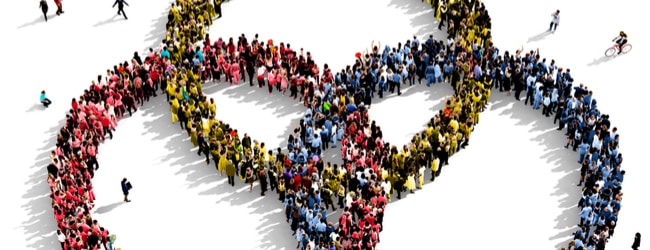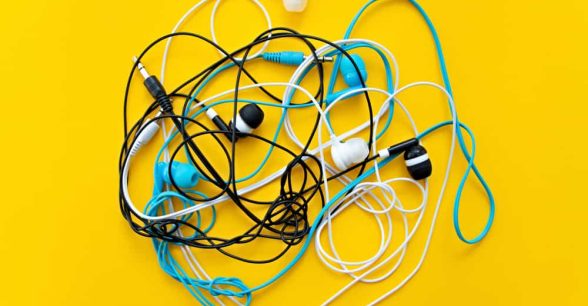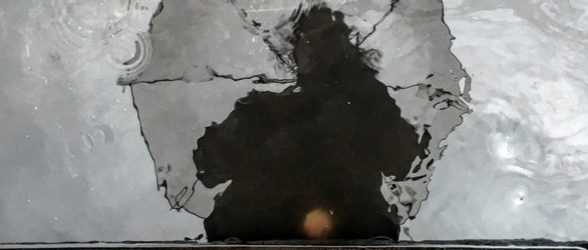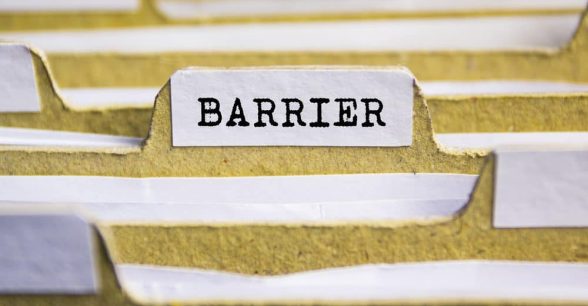It’s Time to Stop Ignoring the Intersections of Marginalized Identities
Intersectionality, according Kimberlé Crenshaw who coined the term, “is a lens through which you can see where power comes and collides, where it interlocks and intersects.” It has also been defined as “a framework designed to explore the dynamic between co-existing identities (e.g. woman, Black) and connected systems of oppression (e.g. patriarchy, white supremacy)” by Black feminists at Sister Outrider. While it was originally designed to explain the oppression of Black women, it has sometimes (not without controversy) been applied to other identities. Crenshaw explained in an interview, “it’s not simply that there’s a race problem here, a gender problem here, and a class or LBGTQIA+ problem there. Many times that framework erases what happens to people who are subject to all of these things.” Intersectionality is a relatively simple way of explaining what so many of us experience on a day to day basis.
The intersections of race, gender, sexuality, religion, and of course, disability, play key roles in our lives, affecting our experiences with discrimination in numerous ways. Unfortunately, there are times when parts of a person’s identity are ignored. But if we’re going to fight oppression and discrimination as well as better understand each other’s experiences, we must do a better job of understanding where each of us is situated in society.
Consider this example: At a conference I attended, I was able to walk into a gender neutral bathroom without trouble. I can’t say the same for people who identify as transgender or my colleague with chemical sensitivities. One of us was able to use the bathroom without any issues, another needed a more private restroom, and the third needed a bathroom free and clear of perfumes and scents. All three of us had radically different experiences doing the exact same thing.
This isn’t “oppression Olympics,” where someone wins for being the most marginalized; it simply means that we are all situated differently in society. Because we are fundamentally different people, with different experiences in life, we won’t be able to live our lives exactly the way our contemporaries will.
We need to take into account how intersecting identities impact people, and disability needs to be part of this. According to the Center for Disease Control, approximately 22 percent of the population of the United States has a disability. Approximately 30 percent of non-Hispanic/Latinx Blacks have a disability and about 20 percent of women have a disability. These numbers indicate only one or two dimensions of someone’s identity, which can lead to other intersecting identities getting lost in the shuffle. For instance, what the statistics don’t show in this source, is the number of Black women who have a disability.
Disability is often erased from conversations of a person’s identity. Think about it: most people know about how Harriet Tubman helped free over 300 enslaved individuals via the Underground Railroad. However, these people never learn that disability (narcolepsy) was also part of Tubman’s identity. They only focus on the fact that she was a Black woman.
The iconic Nina Simone was also a Black woman with a disability (bipolar disorder), but these intersections aren’t widely recognized, even though they were an integral part of what made her an incredible artist. While it is true that disability should not be the sole focus of an individual’s life story, it is still a relevant part of their journeys.
Moreover, ignoring intersecting identities plays a heavy role in health and well-being. It is well-documented that some people of color are often not given the diagnoses that they should get because they don’t fit the criteria or their needs are not taken seriously and do not get life-saving procedures and recommendations. In my case, a delayed diagnosis coupled with a misdiagnosis deprived me of over a decade worth of care. When fighting to receive that care, despite a mishandling of my case, I was asked to prove my disability. When I relayed this story to a friend who is neurodivergent and white, she told me that her casual mention of her disability granted her immediately the appropriate care that she knew she deserved.
Understanding intersectional identities is essential to breaking down barriers in between people. People have erected all kinds of systems that impede the opportunity to participate in and benefit from society. It is our job to learn from one another, understand each other, and work together to deconstruct any system that suggests that people with disabilities may not take part. Our experiences vary widely based on our intersections, and our society should be able to recognize, care for, and accommodate all of us.
About Rooted In Rights
Rooted in Rights exists to amplify the perspectives of the disability community. Blog posts and storyteller videos that we publish and content we re-share on social media do not necessarily reflect the opinions or values of Rooted in Rights nor indicate an endorsement of a program or service by Rooted in Rights. We respect and aim to reflect the diversity of opinions and experiences of the disability community. Rooted in Rights seeks to highlight discussions, not direct them. Learn more about Rooted In Rights



